Affiliate links on Android Authority may earn us a commission. Learn more.
Why pay extra for expensive earbuds when cheap earbuds sound good enough?
March 18, 2023
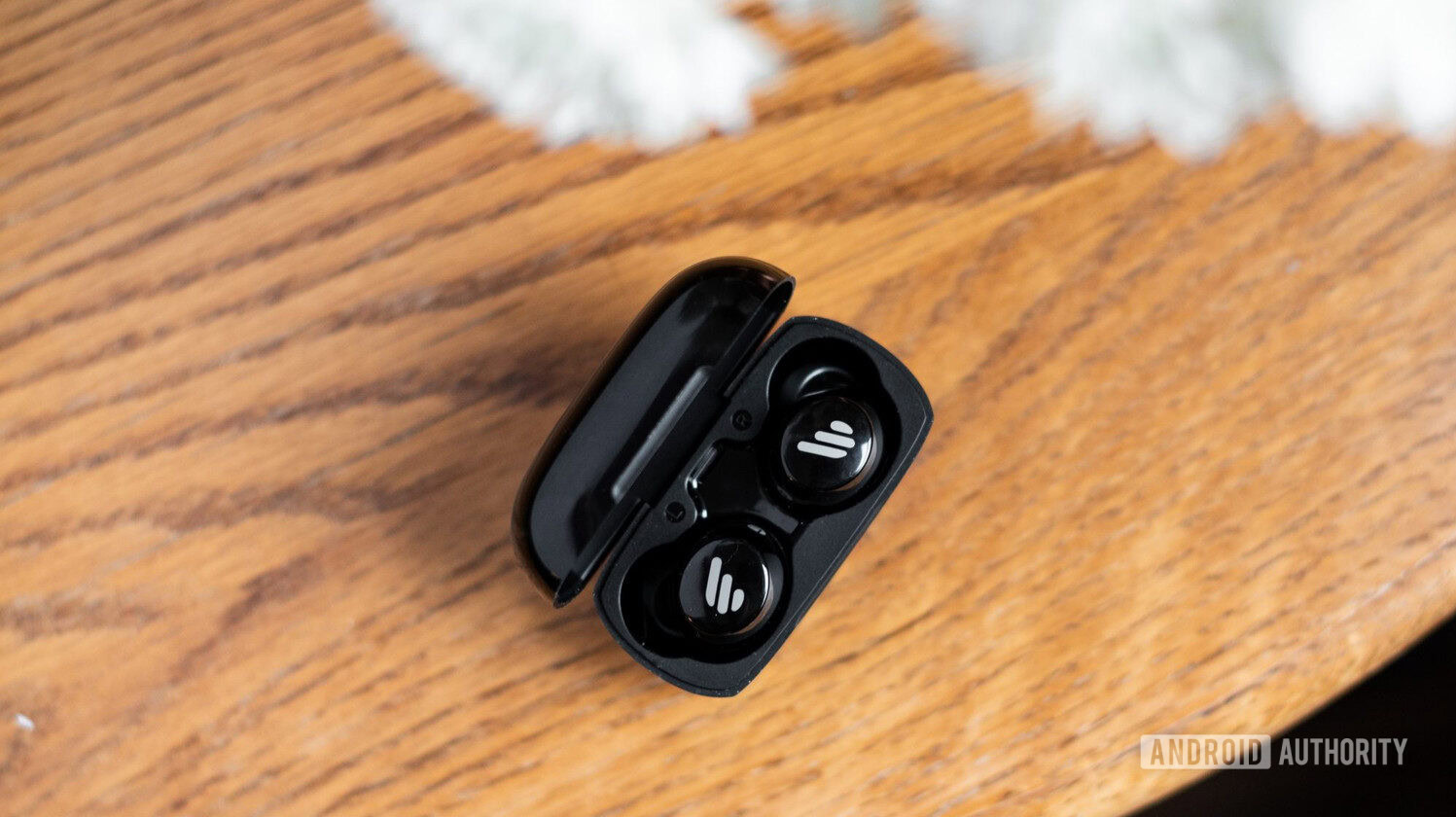
With so many of us tightening our budgets, expensive earbuds may seem frivolous. After all, cheap earbuds have improved over the past few years. Many earbuds that cost $50 or less boast pretty good sound quality and even offer features like water resistance and wireless charging. With all that cheap earbuds have to offer, is it even worth it to pay more for Sony, Samsung, or Apple’s flagships?
With concrete examples, we’ll break down the differences between cheap and expensive true wireless earbuds. In the end, you may find the price is just right between those two extremes.
Have you ever bought cheap (under $50) wireless earbuds?
Do cheap earbuds sound as good as expensive earbuds?
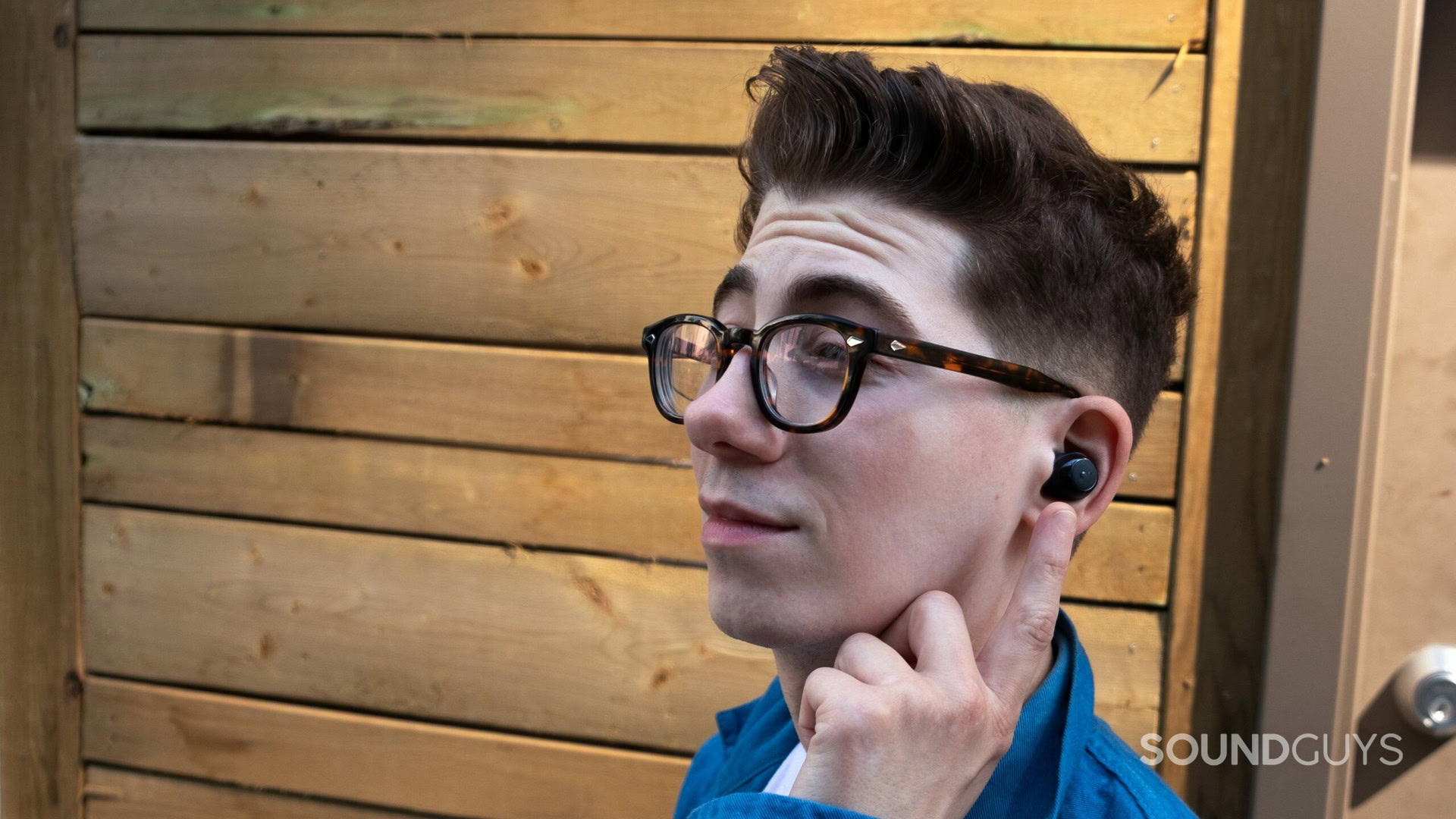
This depends on who you ask. Casual listeners will find cheap earbuds sound good enough and may even prefer their boosted bass response. Meanwhile, audiophiles wouldn’t touch most cheap earbuds with a 10-foot pole. Yes, cheap earbuds have hallmark traits that make them sound sub-optimal, but some fare pretty well against flagships.
Let’s look at four wireless earbuds that cost less than $50. As seen in the charts above, the Tozo T6, Anker Soundcore Life A1, JLab Go Air Pop, and Skullcandy Dime Gen 2 all compare pretty well against the Sony WF-1000XM4. They also happen to reproduce frequencies that follow the SoundGuys Target Curve’s general shape. (For the uninitiated, SoundGuys is our audio-focused sister site.) While Sony’s bass response is tamer, the treble is unusually quiet and further away from SoundGuys‘ Target Curve than the cheap buds’ treble responses. Funny enough, the Tozo T6 actually hews closer to the Target Curve than the WF-1000XM4. What’s equally surprising: The JLab Go Air Pop frequency response mimics how studio headphones sound, more than it does consumer earbuds.
These cheap buds sound impressive for their prices, particularly the T6 and Go Air Pop. Yet, like many of their budget brethren, they don’t have mobile apps. This means there’s no way to tweak the sound to your liking. Three onboard EQ presets are built into the Go Air Pop and Soundcore Life A1, but they don’t sound good.
Cheap earbuds sound good, but expensive ones typically come with a custom EQ or smart EQs.
On the other hand, flagship earbuds like the WF-1000XM4 have a custom five-band EQ module. Here you can tweak the sound to your liking without overcomplicating things. Google and Bose also offer custom EQs with their earbuds’ mobile apps — more on that later.
That said, not all flagship earbuds have custom EQs, though we wish they did. Some companies also use algorithmic recipes to equalize your earbuds on the go. Apple calls it Adaptive EQ, Nothing calls it Bass Lock (reserved for the Ear Stick), Bose calls it Adaptive EQ, and so on and so forth. That way, you get a consistent sound no matter how the earbuds fit, regardless of your ear anatomy or ear wax build-up. Like custom EQs, you won’t find auto EQs with cheaper earbuds.
The gap widens between these two types of earbuds as you go down the line of features.
Does spending more guarantee good noise-cancelling?
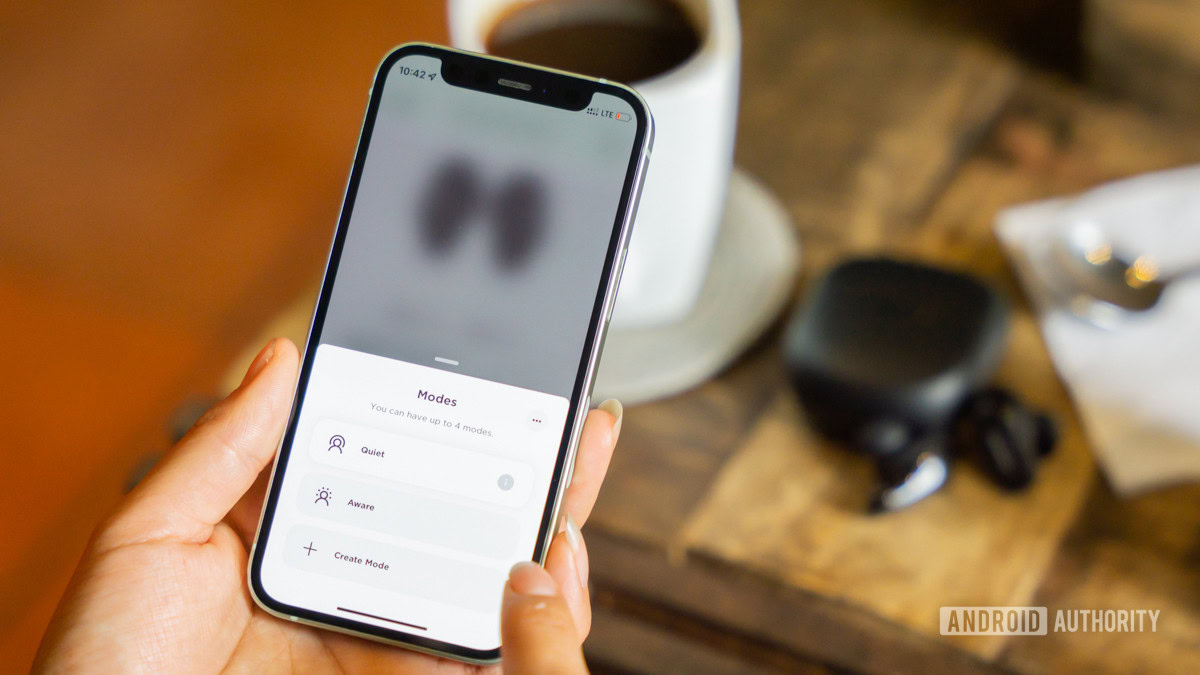
Spending more on your earbuds doesn’t guarantee good active noise-cancelling (ANC). It’s rare that cheap earbuds have ANC at all, but the two cheap offerings we tested fared better than some of the mid-tier options. With some of these more affordable earbuds, you’ll have a hard time noticing a difference when toggling ANC on or off. In contrast, premium ANC earbuds can make you forget you’re in a plane altogether.
Effective ANC is demanding and requires plenty of research. ANC impacts the whole frequency spectrum, but its greatest effect is on frequencies below 1,000Hz. This is where you’ll find bass and most midrange frequencies. Passive isolation, from ear tips that fit well, does most of the work to reduce the loudness of sounds above 1,000Hz.
Look at our charts above to compare the ANC of the Anker Soundcore Life A1 and Tozo T6 to the Sony WF-1000XM4. In our charts, the higher the line is, the more noise the buds cancel out. Both of these earbuds perform similarly when it comes to ANC and can’t touch the WF-1000XM4. Anker’s ear tips do a great job blocking out noise, though.
Mid-tier noise-cancelling performance is all over the place. ANC on the Beats Studio Buds and Nothing Ear 1 does little to cancel out background noise. Then there are the Samsung Galaxy Buds 2 and Sony LinkBuds S that dampen background noise quite a bit. Sony’s own LinkBuds S actually has better ANC than the flagship WF-1000XM4 from 75-350Hz, so wind, engine rumbles, and A/C whirs will all sound a smidge quieter with the LinkBuds S than with the XM4. No matter what, though, the WF-1000XM4 block out more high frequencies like chatter, keyboard sounds, and clinking dishware.
Performance is consistently great when you get to high-end earbuds. Look at how the Google Pixel Buds Pro, Samsung Galaxy Buds 2 Pro, Apple AirPods Pro 2, and Sony WF-1000XM4 compare above. The Galaxy Buds 2 Pro cancel out more super-low frequencies than any of the other earbuds, but the effect may not sound as pleasing as with the AirPods Pro (2nd generation) or the WF-1000XM4.
If you are on the lookout for great noise-cancelling earbuds, don’t cut corners. We recommend you put off your purchase and save for a few more weeks or months to experience great ANC. Your ears will thank you.
Mobile apps and software support are usually exclusive to pricier earbuds
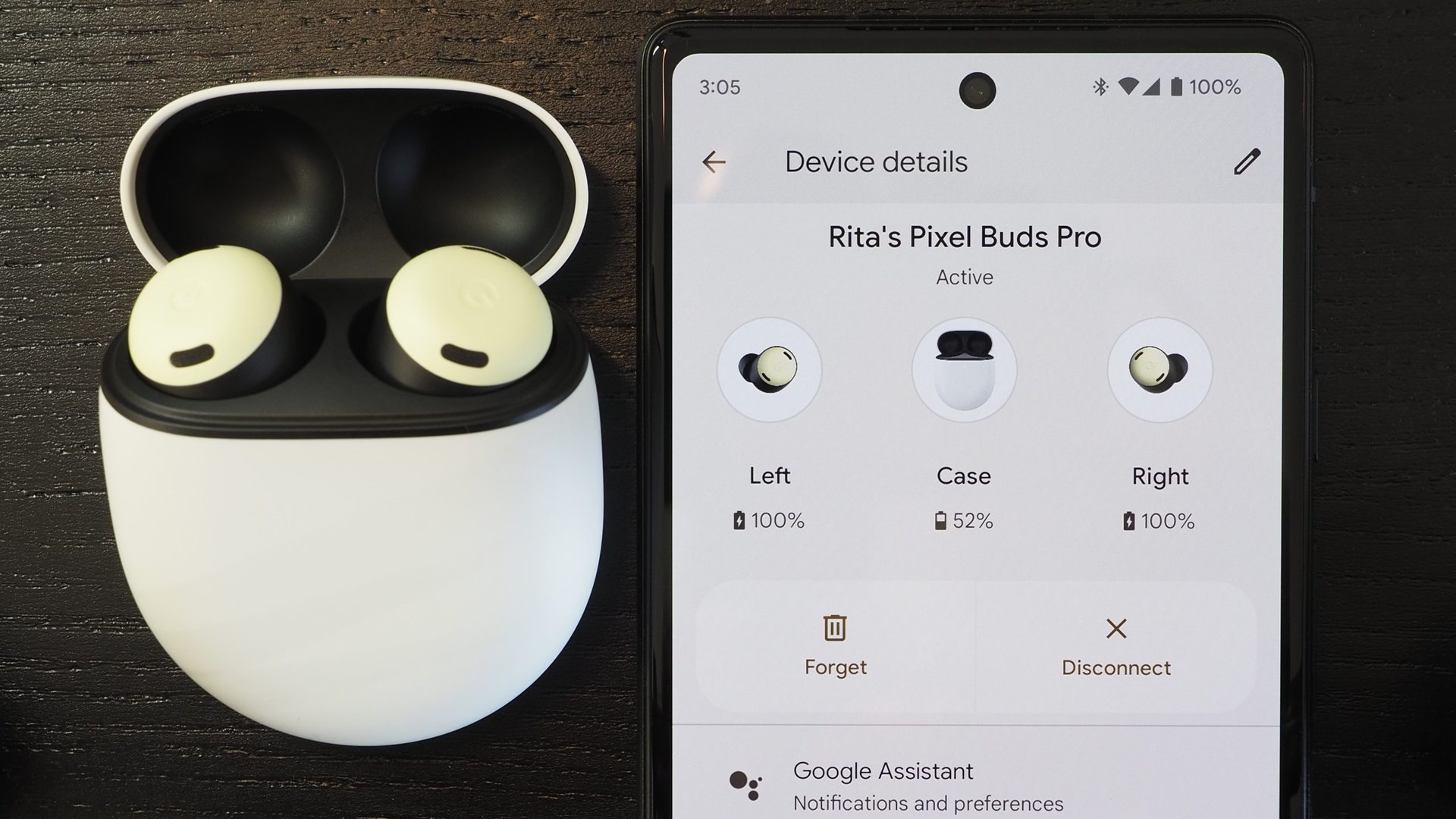
Gone are the days when companies could sell flagship earbuds that were just that, earbuds. Today, buying a pair of mid or top-tier earphones is the beginning. To experience everything those earbuds have to offer, companies expect you to download their apps.
Here’s a list of features you’ll typically find in a robust headphone companion app:
- Custom EQ module and EQ presets: You can change the earbuds’ frequency response to your liking, or choose from a handful of premade profiles.
- Personalized EQ with hearing test: Some apps prompt you to take a hearing test to optimize the frequency response to your hearing abilities.
- Control customization: You can change the earbud commands to your liking.
- Personalized spatial audio with head tracking: Listeners can personalize the spatial audio effect for a more immersive experience. Enabling head tracking sets your phone as an anchor point, and the audio changes as you move your head relative to your phone.
- Ambient sound or transparency mode: These listening modes let you filter background noise through the earbuds.
- Location-based sound modes: When you enter or leave a certain location, the sound changes to a predetermined setting that you created.
- Automatic ear detection: When you remove the buds, your media pauses. Inserting the earbuds resumes playback.
- Ear tip fit test: The app will run a test emitting noises through the earbuds to determine if you’re using the best size ear tips for your ears.
- Bluetooth codec options: You can toggle between the earbuds’ Bluetooth codecs.
- Bluetooth multipoint: The earbuds can connect to two devices simultaneously. This is good for productivity when you want to watch a YouTube video but keep an ear on your phone for incoming calls.
- Ongoing firmware updates: All apps offer access to firmware updates to keep the earbuds competitive and to fix bugs.
While none of these features are necessary for connecting your earbuds to your Android phone or iPhone and listening to music, they sure enhance the experience. You’ll have a hard time finding any earbuds with an original retail price of $50 or less that come with an app at all.
Instead, the appeal of cheap earbuds is that what you buy is what you get. However, simplicity has its downsides. App-less earbuds can’t receive updates to improve the product throughout its lifetime. Most earbud manufacturers start offering apps at around the $100 mark, which is a reasonable price for access to a few or all of these features.
Cheap earbuds don’t come with high-quality Bluetooth codecs
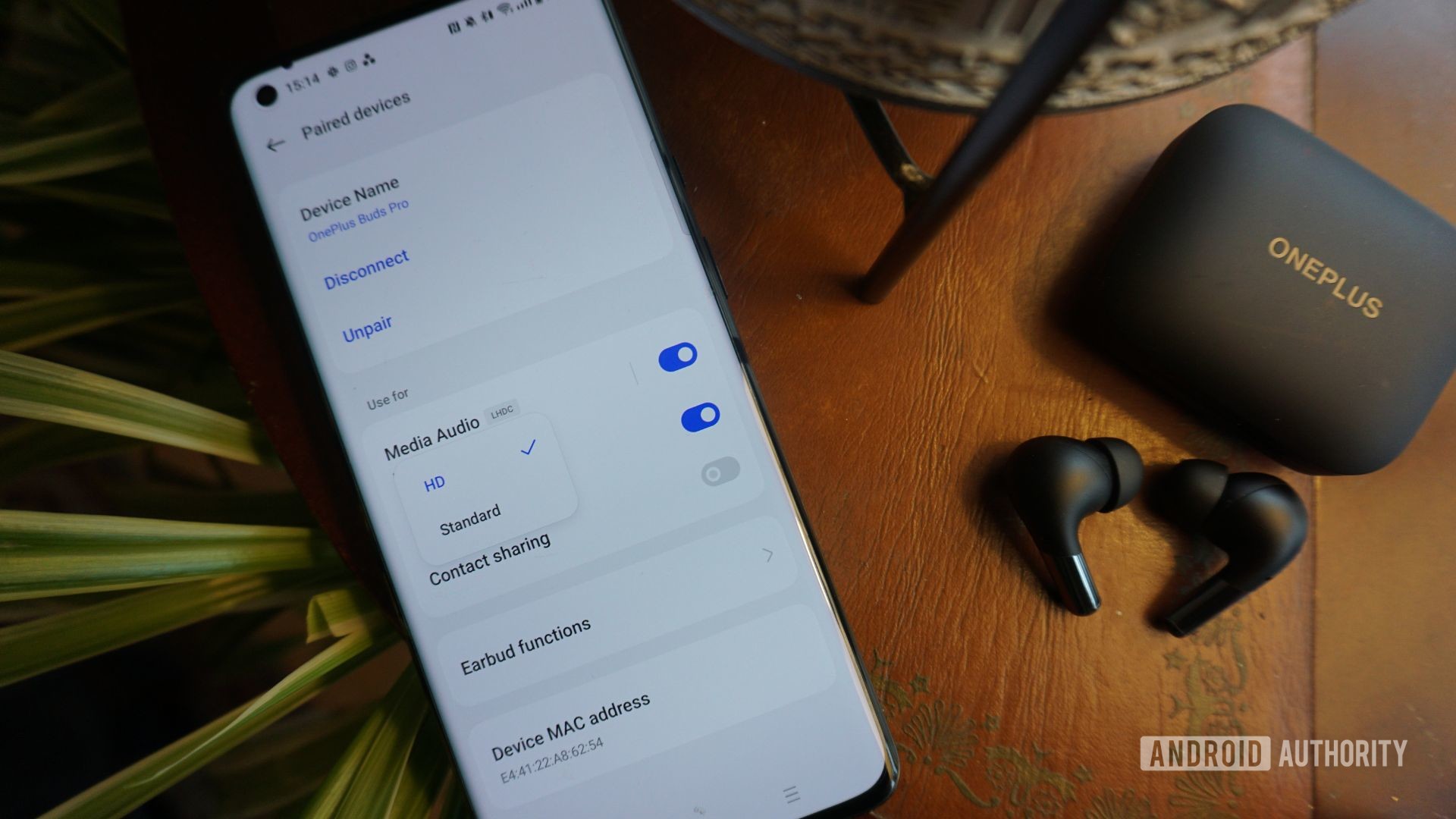
High-quality Bluetooth codecs are almost exclusive to earbuds above $100. A Bluetooth codec determines how your phone and earbuds communicate. Like us, each codec is unique. Going beyond SBC yields higher data transmission rates, lower latency, and greater connection stability. These are all great things, but they don’t come cheap.
Admittedly, the more pedestrian SBC codec is good enough for most applications. For reliable high-quality audio from your Android device, you’ll want aptX. iPhone owners will want earbuds with AAC. Meanwhile, those who listen to music in busy areas will enjoy aptX Adaptive. This negotiates streaming quality and connection stability. Likewise, listeners who want to ensure low latency may want to hunt for the elusive aptX Low-Latency option.
Although Bluetooth audio can’t yet support 24-bit transmission, this is an important specification for some listeners. If that resonates with you, you’ll need to splurge for something that supports LDAC, LHDC, or the Samsung Seamless Codec. With the latter, you can only take advantage of 24-bit audio when paired to a Samsung device.
Expensive earbuds have better build quality and design
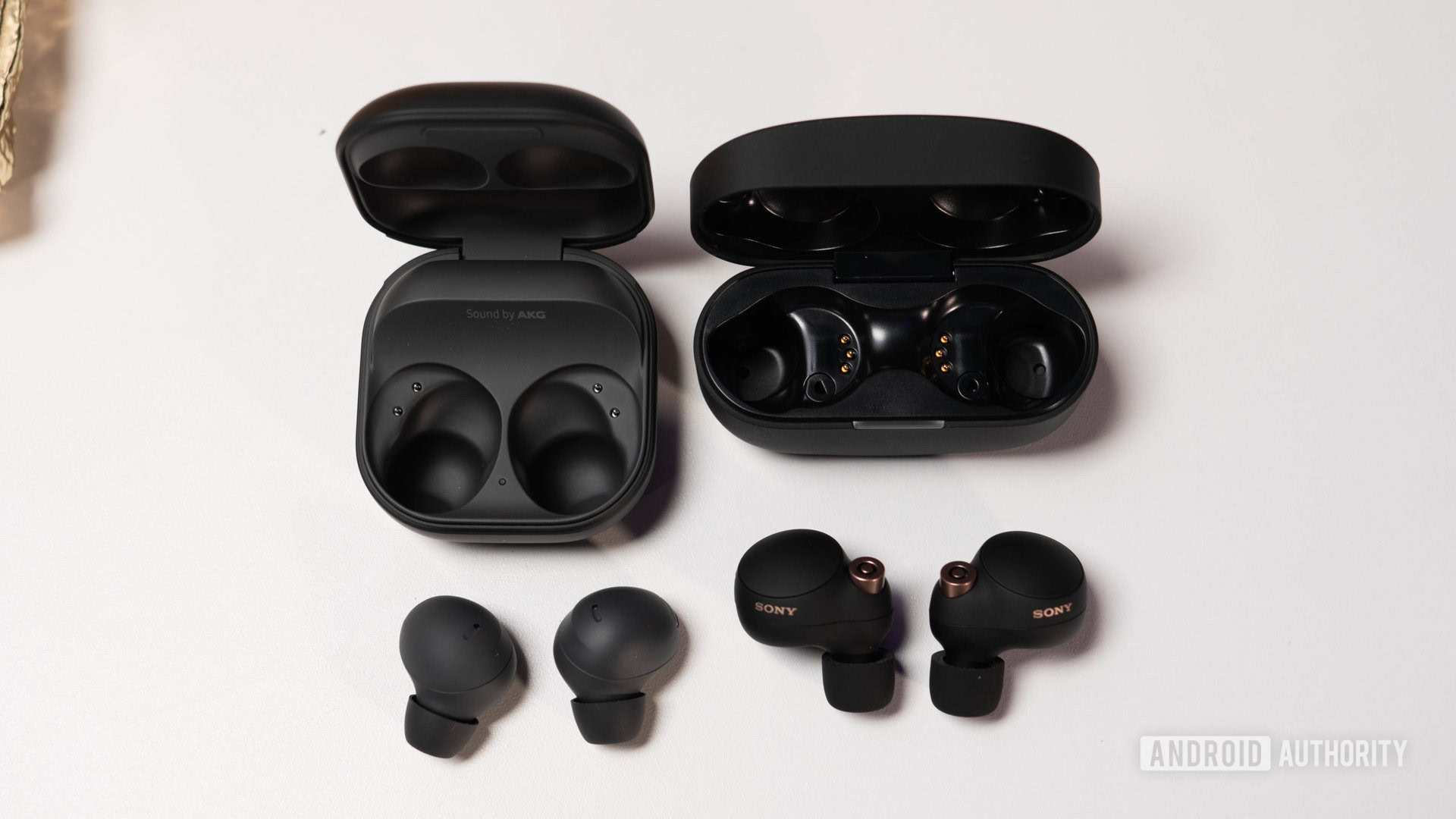
One of the easiest things to skimp out on when manufacturing earbuds is the build quality. Many budget earbuds have water-resistant IP ratings, but durability isn’t the same as high quality. Rough seams and edges are no strangers to the crummy plastic of cheap earbuds. Not only does this look bad, but it can also lead the buds to catch on clothing or particularly dry skin. Splurging for mid-tier or flagship earbuds affords higher-quality plastic. Sometimes you even get premium materials like acetate or anodized aluminum, and polyurethane memory foam ear tips.
When buying standard consumer earbuds, you’ll find the pricier options fit better. This optimized fit comes from a greater variety of ear tip choices and better materials. Some buds even include wing tips for extra stability. Pricier earbuds even have a more ergonomic shape that contours to your ear canals. This is in contrast to cheaper earbuds that go straight in without any angling.
Cheap earbuds typically use lower-quality plastic, have less ergonomic designs, and sport fiddly controls.
Likewise, you’ll find a more sensical control layout with premium earbuds than with cheap ones. This means there’s a clear separation between the buttons if there are any. For touch controls, it means you can enjoy properly calibrated touch panels. You shouldn’t have to slap your own ear to skip a track. Sometimes, the off-brand earbuds’ controls don’t even work. This happens to be the case for the Tozo T6 which, if you’ll recall, measure well for sound quality and ANC.
If you want a pocketable case with wireless charging, you’ll need to spring for something fancy. Most companies don’t start offering this feature until, you guessed it, around $100. The Anker Soundcore Life A1 are the exception with their wireless charging case and $49 retail price.
What to watch out for before buying expensive earbuds
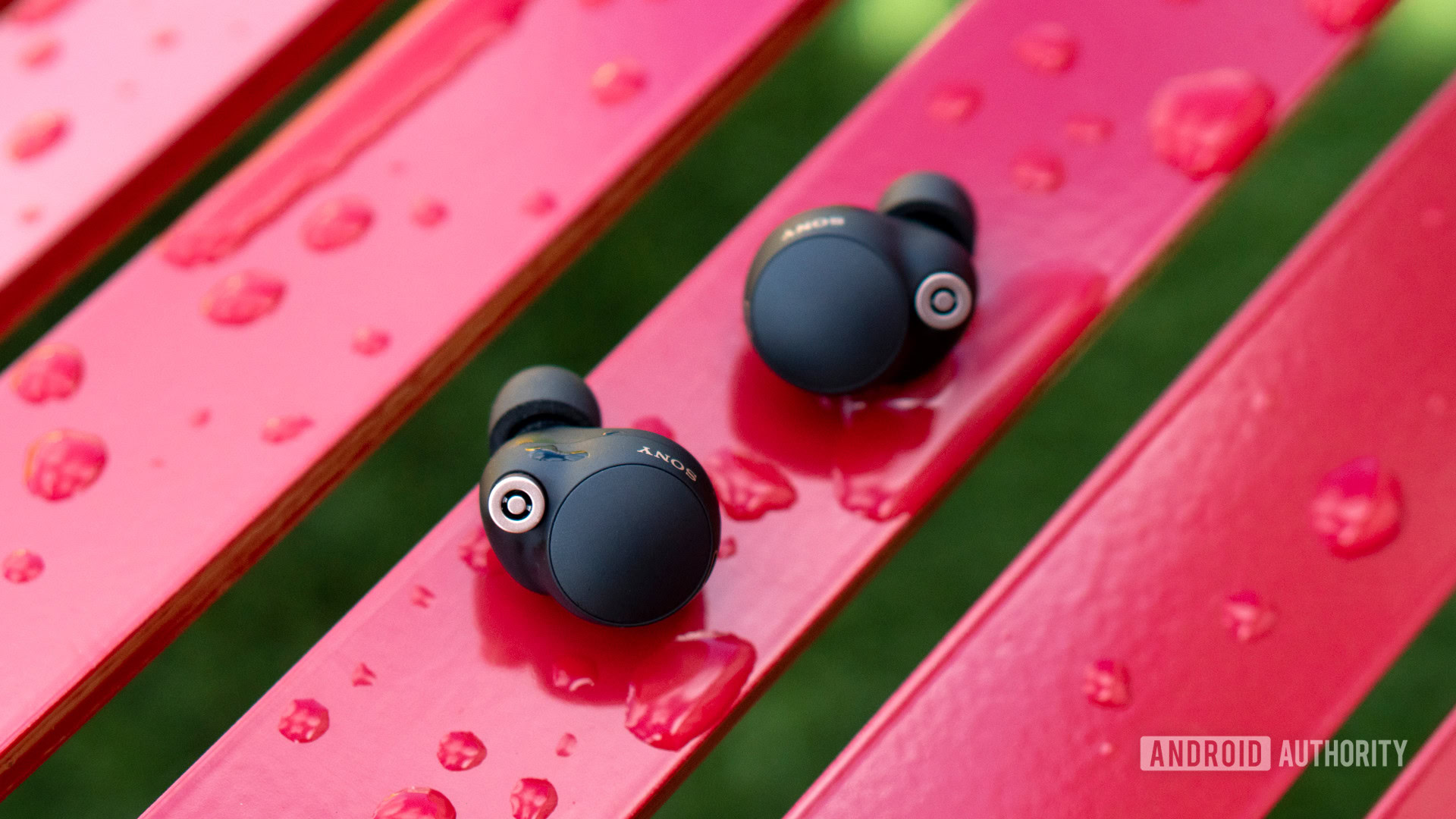
While expensive earbuds have plenty to offer, wireless earbuds don’t last very long. With regular use, you’re lucky to get more than a couple of years out of them. That’s right, you could spend well over $200 on earbuds that can’t hold a charge after two or three years. How does this battery degradation happen? Simply put, we subject earbuds to an unending charge/recharge cycle. This puts a lot of stress on the tiny lithium-ion batteries, hastening battery breakdown.
Most wireless earbuds won't survive more than two years of daily use.
If you don’t want to buy a pair of earbuds every two years, we recommend buying wired earbuds. The KZ ZSN Pro X ($23.99 at Amazon) and Tin Audio T2 HiFi ($49 at Amazon) fit the bill as great wired earbuds. Alternatively, wired headphone batteries last much longer than those in earbuds because they’re bigger and aren’t always recharging. The Anker Soundcore Life Q35 don’t cost too much ($99 at Amazon). Listeners who are ready to go big can grab the Sony WH-1000XM5 headphones for $387 at Amazon.
Those who insist on wireless earbuds may find purchasing mid-tier earphones is an easier financial pill to swallow. These usually fall between $75 and $160. Spending this much opens the door for app support, with a feature set near or identical to a brand’s flagship option.
Should you buy cheap earbuds or save up for pricier ones?

Cheap earbuds have their place, and no one should feel pressured to buy expensive ones instead. If your only goal is to hear music throughout the day, don’t pay extra for features you won’t use. Just bear in mind that paying $30 for a pair of earbuds often introduces headaches. The lack of app support and lower-quality controls make cheap earbuds a gamble.
Springing for earbuds that cost $75 or more avoids common pain points like connection stability issues and charging problems. At that more affordable end of the spectrum, we recommend the 1More ComfoBuds Mini. These earbuds cost $99 at Amazon and have excellent noise-cancelling that rivals the AirPods Pro (2nd generation). Listeners who like open ear headphones can turn their attention to Nothing Ear Stick ($64 at Amazon), a pair of AirPods lookalikes. If you have an Android phone, the Samsung Galaxy Buds 2 are a great buy. These cost $99 at Amazon and include many app features along with effective ANC. Or, if you want all things Google, there are the Pixel Buds A Series for $94 at Amazon.
All this is to say, splurge on the Google Pixel Buds Pro, Sony WF-1000XM4, Samsung Galaxy Buds 2 Pro, and AirPods Pro 2 if you’d like. Just know that all wireless earbuds have about the same lifespan. Knowing that you might be purchasing wireless earbuds every few years can make the top-tier ones less appealing, especially since many of these flagship features now come with mid-tier earbuds.